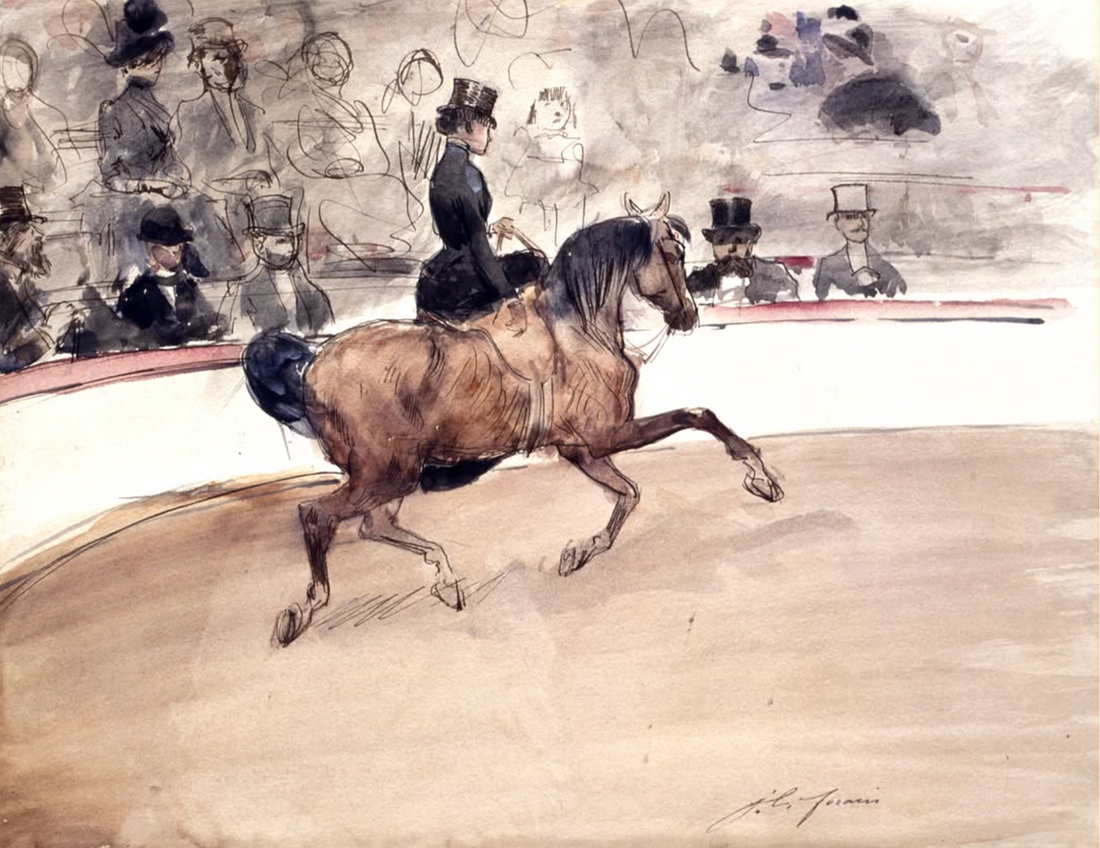Following the thrilling triumph of the recent Women’s Euros and in the spirit of this month’s Rugby World Cup celebrations, we’re turning the spotlight on women in sport, captured through the lens of art.
Artists across centuries have strived to capture strength, skill, and resilience. Yet the history of women in sport and art is marked by both visibility and exclusion, with moments of brilliance emerging alongside long periods of neglect.
Long before women’s sports reached the global spotlight, artists began to challenge conventions. Sir John Lavery’s A Rally (1885) shows a woman mid-match against a male opponent, fierce and focused, though still constrained by the heavy fashions of the time. The work quietly defies tradition, placing a woman’s athleticism at its centre.

Around the same period, James Jacques Joseph Tissot painted Croquet (1878). While the painting initially appears to depict the game, Tissot shifts the focus: the woman dominates the canvas, her presence commanding far more attention than the sport itself. Despite its title, the true subject is not the game, but the woman herself.

Jean Louis Forain, known for capturing Parisian life with energy and vibrancy, turned his attention to the spectacle of equestrian sport in Equestrienne. Here, he presents an image of elegance and bravery in motion, celebrating a woman’s strength on horseback.
 (Image courtesy Clark Art Institute · clarkart.edu)
(Image courtesy Clark Art Institute · clarkart.edu)
By the 20th century, depictions of women in sport began to highlight athleticism more directly. Aleksandr Deyneka’s Youth, a striking Socialist Realist painting, shows a female athlete soaring over the pole vault. Deyneka captures not only the movement but also the power and determination of modern sport, an image of women rising, literally and figuratively.

The history of women in sport is not only written on the field but also captured, imagined, and celebrated in art. While female athletes were long overlooked in visual culture, remarkable works, (both historical and contemporary), preserve their strength, skill, and resilience. Today, exhibitions and artists from around the world are reclaiming this space, highlighting the power, movement, and identity of women in sport. These stories remind us that women’s athletic achievements are as much a part of cultural history as they are of sporting history, and that art continues to play a vital role in honouring and amplifying their impact.

